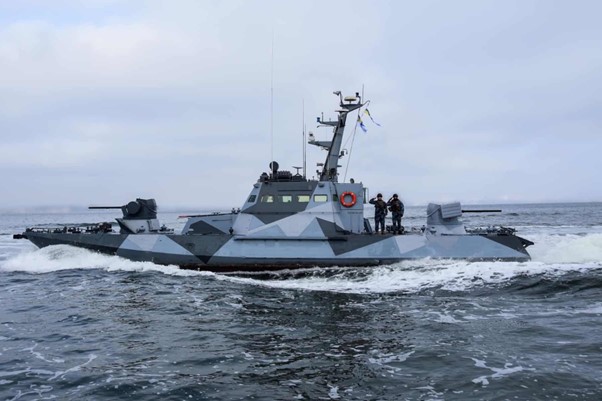NATO chief Jens Stoltenberg said Wednesday 18 of the alliance's 31 countries are set to hit its defence spending target this year, after Donald Trump threatened to encourage Russia to attack members not coughing up enough.
The Republican White House frontrunner was widely rebuked after saying he would not defend NATO members who had not met their financial obligations, in his most extreme broadside yet against the organisation.
JOIN US ON TELEGRAM
Follow our coverage of the war on the @Kyivpost_official.
Trump's comments in a Saturday stump speech drew condemnation from leaders including US President Joe Biden -- his likely opponent in November's election -- and German Chancellor Olaf Scholz.
Stoltenberg laid out new defence spending estimates showing the number of states reaching two percent of gross domestic product was expected to jump from 11 in 2023.
"That is another record number and a six-fold increase from 2014 when only three allies met the target," Stoltenberg told journalists ahead of a defence ministers meeting.
The NATO chief did not provide a breakdown of which allies are hitting the target.
Overall though, he said European allies and Canada will have added more than $600 billion to their defence spending since they set the two-percent goal a decade ago.
Spurred on by Russia's all-out invasion of Ukraine in 2022, last year saw an "unprecedented rise" of 11 percent of spending by European members and Canada, the NATO chief added.
Stoltenberg reiterated a warning to Trump not to "undermine" NATO's collective security guarantee that all allies will help defend any member attacked.

Sweden’s Latvia NATO Deployment – What We Know
"We should leave no room for miscalculation or misunderstanding in Moscow about our readiness and our commitment, our resolve to protect allies," he said.
During his time as US president, Trump railed against Washington's NATO allies to pressure them to spend more on defence -- and he has claimed credit for increased spending.
Moscow's full-scale war on Ukraine has served as a wake-up call for European countries and saw NATO turn the two-percent figure into a minimum requirement.
Key players such as Germany have ramped up their spending and are expected to meet the target this year.
But the United States still accounts for the vast bulk of combined defence spending by NATO members.
- Ukraine support -
Trump's broadside against US allies has raised the nightmarish spectre for European officials of Washington tanking the 75-year-old alliance if he is re-elected.
It comes as warnings swirl that Russian President Vladimir Putin could look to target alliance members if Ukraine loses the war.
"NATO has the capabilities, we have the resolve to protect and defend all allies," Stoltenberg said.
"We don't see any imminent threat against any NATO ally."
In the wake of Trump's comments, France said Europe needs another "life insurance" policy in addition to NATO to ensure the security of the continent.
Stoltenberg said the US nuclear deterrent in Europe "works and we should continue to ensure that it remains safe and reliable".
Diplomats from multiple NATO countries insist that keeping the United States on board remains fundamental to deterring the threat from Russia.
But they remain sanguine about how genuine Trump's threats are, arguing the alliance emerged from his first term unscathed.
While there is a focus on NATO's own defence spending, the pressing issue of support for Ukraine will also be on the table at the meeting on Wednesday.
The US Senate on Tuesday approved long-delayed funding for Ukraine's war effort, but the package looks set to be rejected by the Republican-led lower house.
Doubts over the future of US aid come as Ukraine's forces find themselves outgunned in the face of a slow-moving Russian advance along the front line.
The meeting to rally more support for Kyiv was meant to be chaired in person by US Defense Secretary Lloyd Austin but he was forced to cancel his trip to Brussels after being hospitalised.
You can also highlight the text and press Ctrl + Enter










